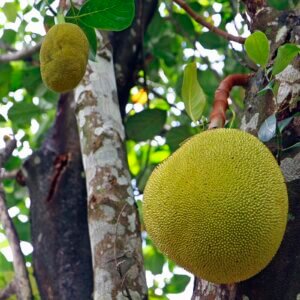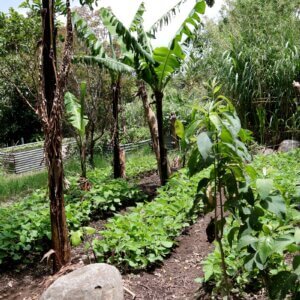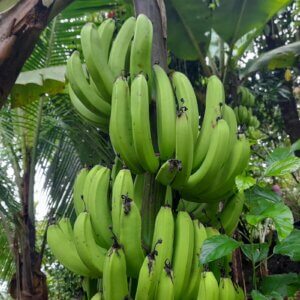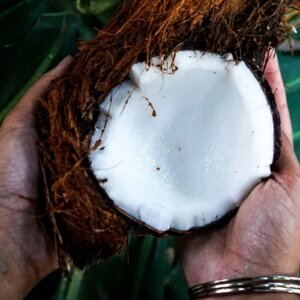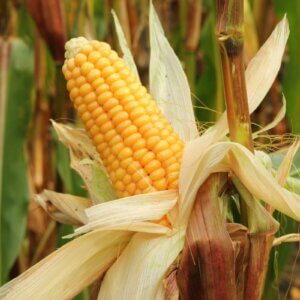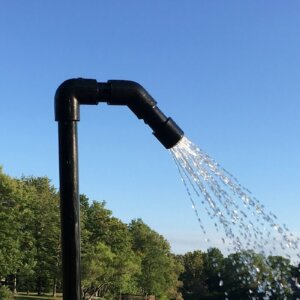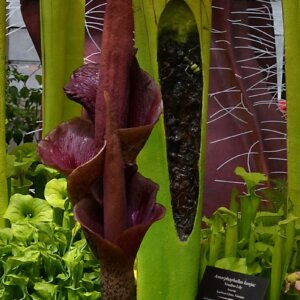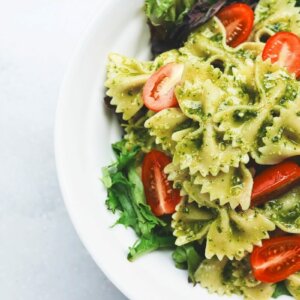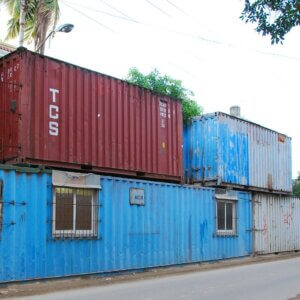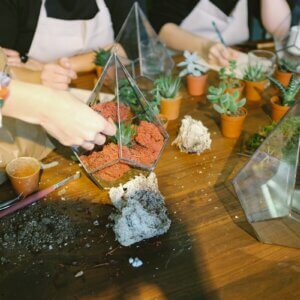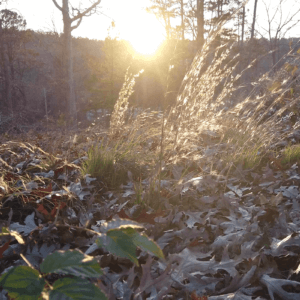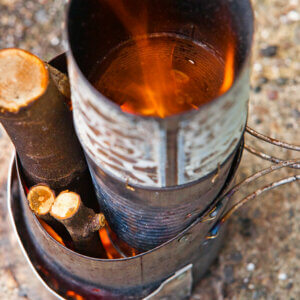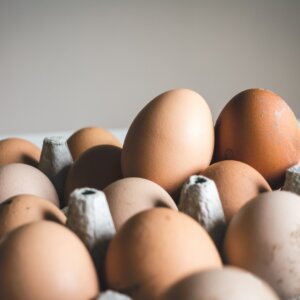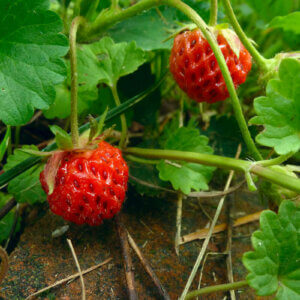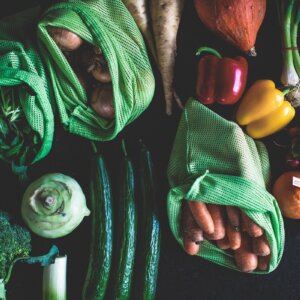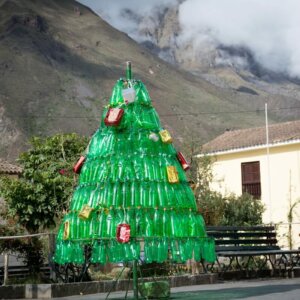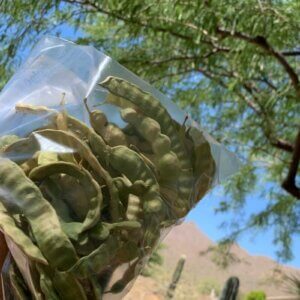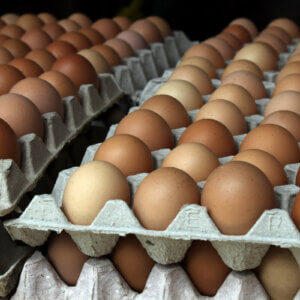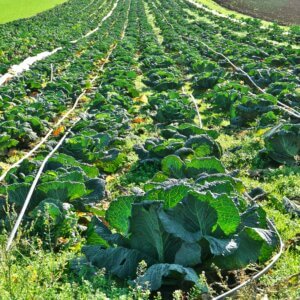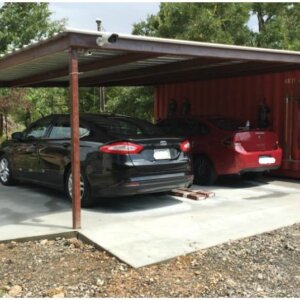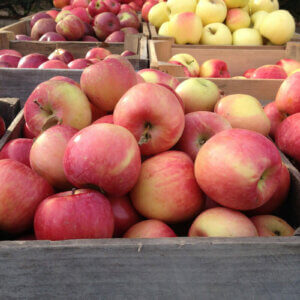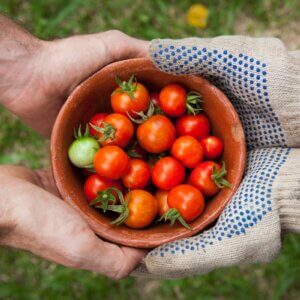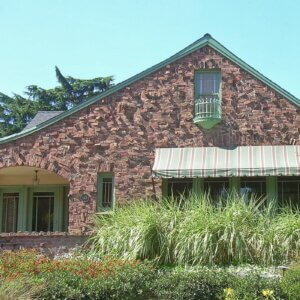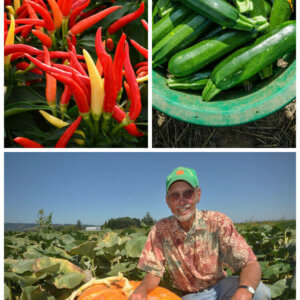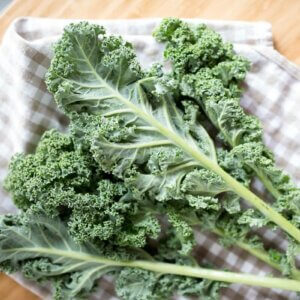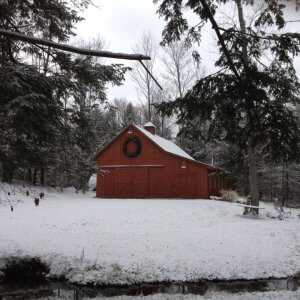Living in the tropics allows the homesteader to go wild with unique tropical fruit trees and shrubs. You really can’t get a better climate for fruit production. The majority of the tropics worldwide are completely frost free with warm and humid weather year-round. In other words, exactly what most fruits need to thrive. Sure, you
Growing Black Beans
Green “snap” beans are a staple in many a homesteader’s garden, and rightly so — they’re delicious and flavorsome, and eating green beans straight off the vine is one of the great pleasures in growing your own food. But far fewer gardeners grow dry beans like black, kidney, or pinto beans. The idea of growing
Tropical Homesteading: Growing Bananas
Bananas are a fruit instantly recognizable to just about anyone, anywhere in the world. Yet they grow only in tropical and subtropical areas. So how is it that grocery stores in temperate zones the world over manage to offer piles and piles of them year-round for 10 cents or less per fruit? Though part of
Tropical Homesteading: How to Harvest Coconut for Fresh Water and Meat
Coconut palms are astoundingly useful to tropical or subtropical homesteaders. They provide everything from wood to medicine to nutritious, high-calorie food. They’re hardy, need minimal to no care, and produce (on average) anywhere from 50-200 coconuts per tree, per year. The icing on the cake? You can process the fruit to make oil, coconut milk,

